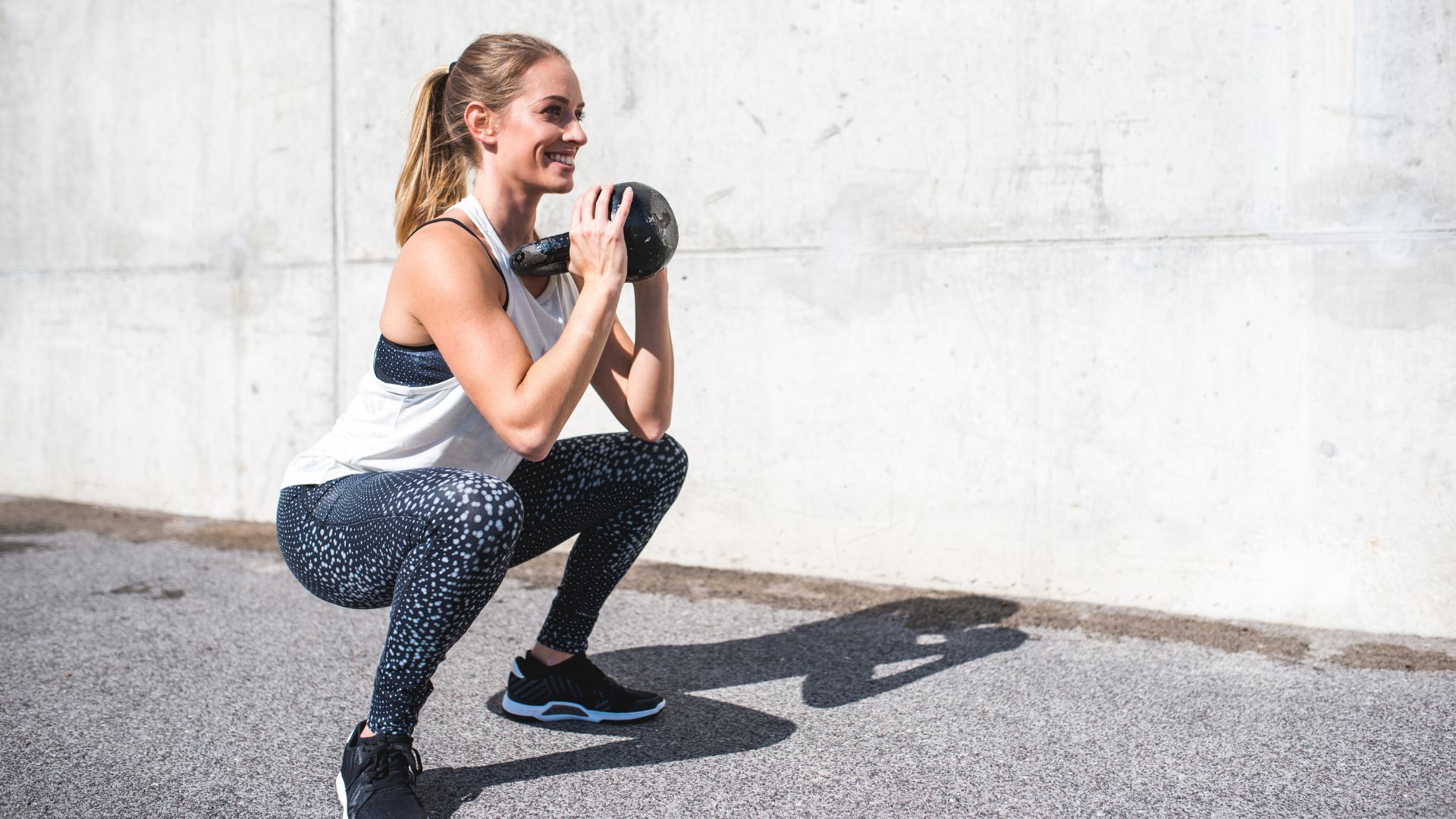

If you’re looking to build strong, muscular legs, there’s no doubt someone’s told you to ‘squat, squat, squat’. Yes, squats are a brilliant compound exercise that recruits multiple muscles in your lower body, including the glutes, hamstrings, quadriceps, adductors, and calves. But, they’re a marmite exercise that you either love or hate.
Maybe you struggle with your form, or you don’t have the best mobility. Genetics can make squatting difficult too, or perhaps you simply just hate them (and that’s perfectly ok by the way). If you fall into any of these categories, you’ll be pleased to know that there’s plenty of other exercises that target the exact same muscle groups (and we’re not referring to just different squat variation exercises).
“If you perform these alternative exercises with good form and progressively make them more challenging by adding extra reps, more weight and taking less rest, your legs will grow. Period," says Aroosha Nekonam, Senior Certified Personal Trainer at Ultimate Performance. Focus on perfecting your form first using just your bodyweight, then try adding in some free weights, like a pair of dumbbells or one of our best kettlebells to challenge your muscles further.
1. Walking lunges
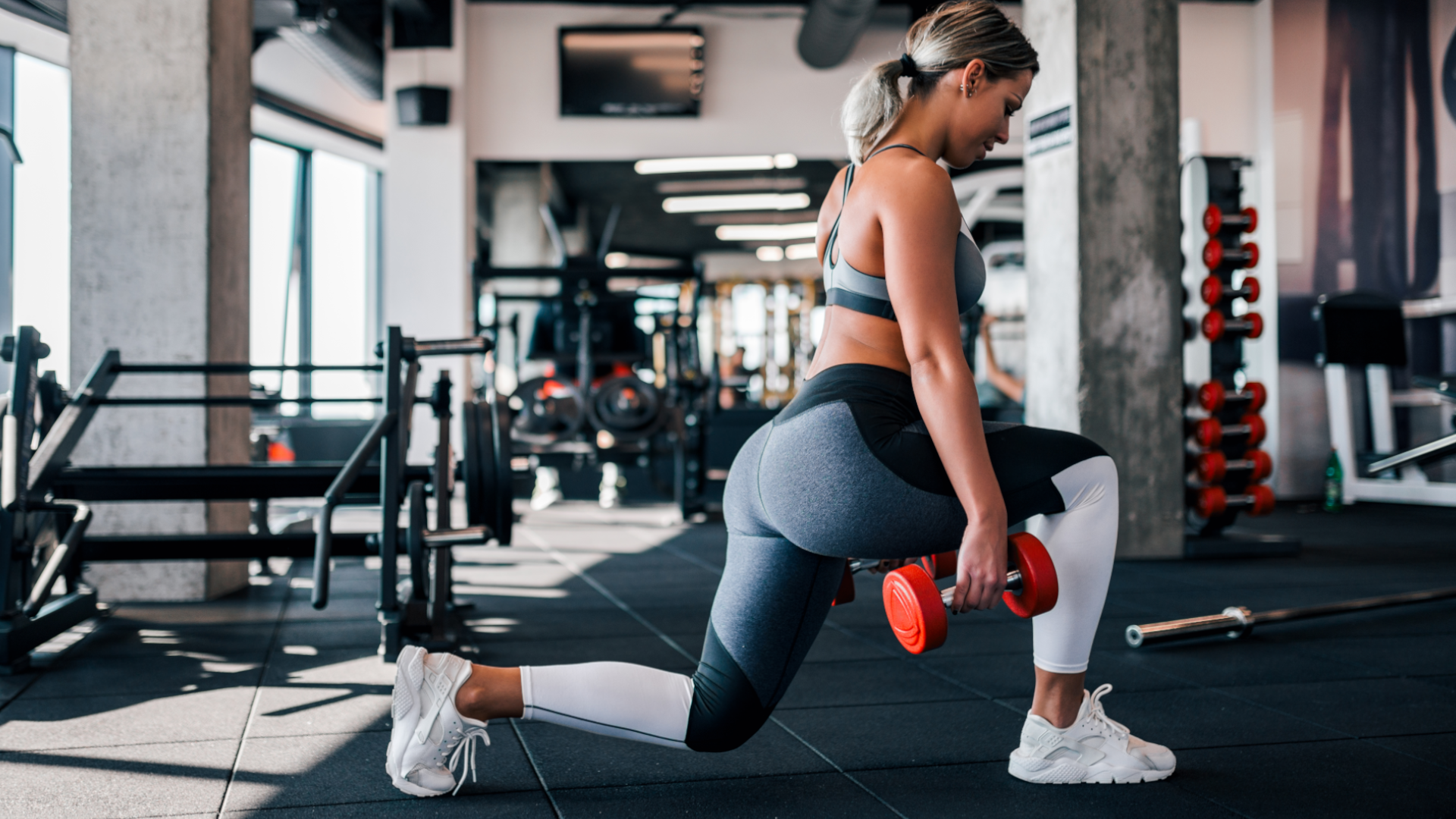
"This is one of my favourite moves as a substitute to the squat. It works your entire lower body, and your core, and has a lot of practical carryover into the ‘real world’," says Aroosha. If you’re performing bodyweight lunges, Aroosha says to place your hands on your hips and tuck your elbows in. However, if you’re using dumbbells, let them hang by your sides with your palms facing inward. "A common mistake is adopting a too narrow stance — think about standing on train tracks, not a tightrope."
To do:
- Start by standing tall with your hands on your hips and your feet hip-width apart
- Step forward with your right leg, bending it to create a 90 degree angle and lowering your left knee so that it's hovering just above the floor (your left heel will also be lifted)
- Hold here for a second, then push through the heel of your right foot to bring your left foot out in front of you (again with your knee bent at a 90 degree angle and your right knee hovering just above the floor)
- Keep repeating this movement
Targets: Quadriceps, glutes, calves and inner thighs
2. Romanian deadlifts
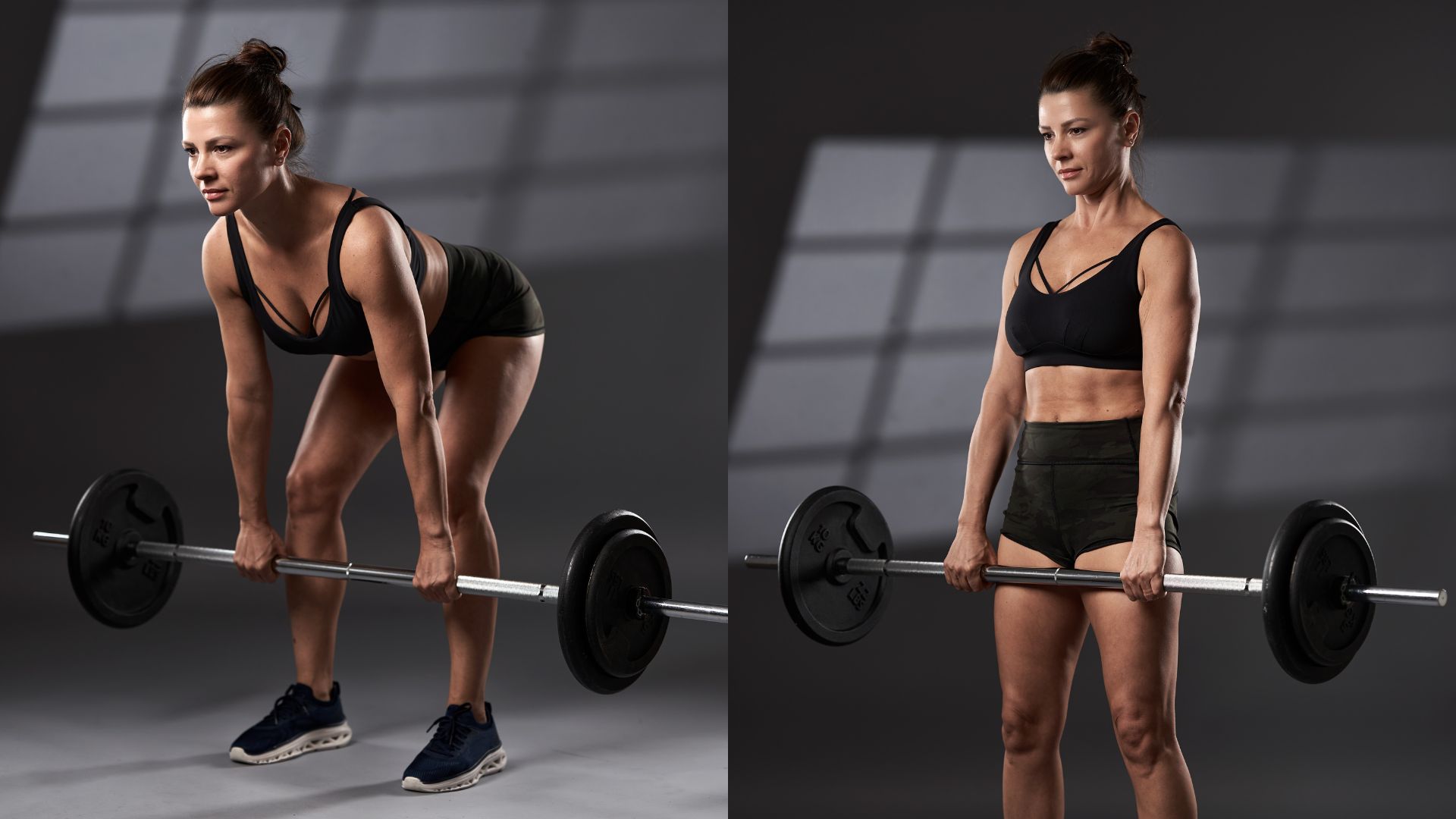
If you struggle with the mobility and flexibility to perform a full squat, then an RDL can be a good alternative. This can be performed using a pair of dumbbells, a single kettlebell, resistance bands, or if you just want to get used to the movement first, grab a broom and hold it horizontally.
Get all the latest news, reviews, deals and buying guides on gorgeous tech, home and active products from the T3 experts
To do:
- Stand tall with your shoulder blades tucked into your back pockets with a soft bend in your knees and your weights in front of you (palms facing towards you)
- Looking at your weights, push your hips backwards and bend forwards until you feel increased tension in your hamstrings (imagine you’re trying to get your bum to touch an imaginary wall behind you)
- Lower the weights as far as you can while keeping your back straight
- Pause for a moment in the bottom position, then drive your hips forwards and squeeze your glutes to return to the start position
Targets: Hamstrings, glutes, lower back and upper back
3. Calf raises
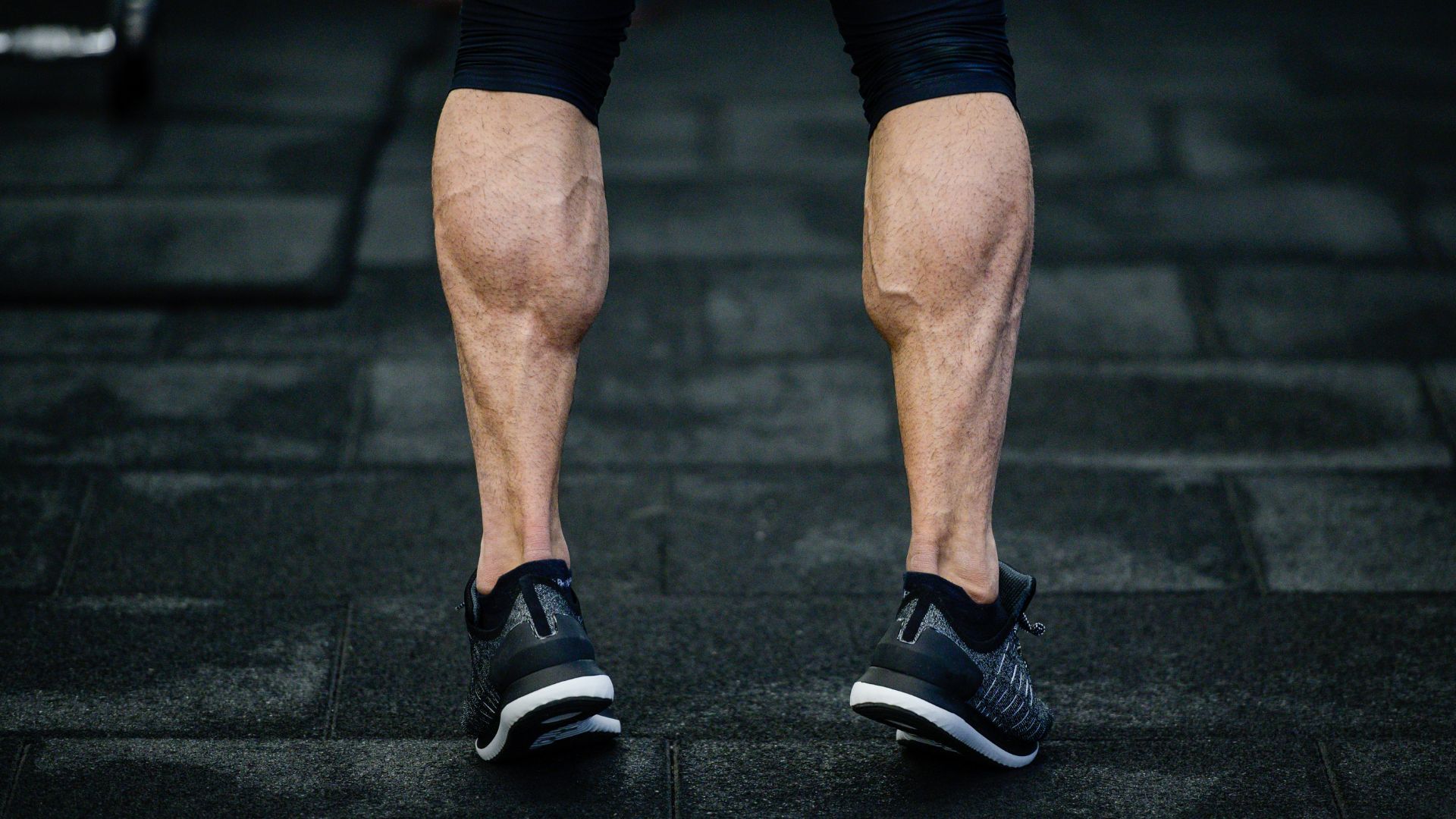
Calves can often get overlooked in workouts (especially by women). "It is crucial to train the calves to ensure stabilisation of the ankles," says Aroosha. In a gym there are 'calf raise machines' to work these. But at home, you can stand on the step of your stairs to perform this movement. Once you can do it easily with your bodyweight, try doing it holding two dumbbells at either side.
To do:
- Stand with the balls of your feet on the last step of your stairs, with your heels hanging off the edge
- Push up onto the balls of your feet as high as you can go, then slowly lower your feet so your heels are just below the stair — this is one rep
Targets: Calves
4. Glute bridge
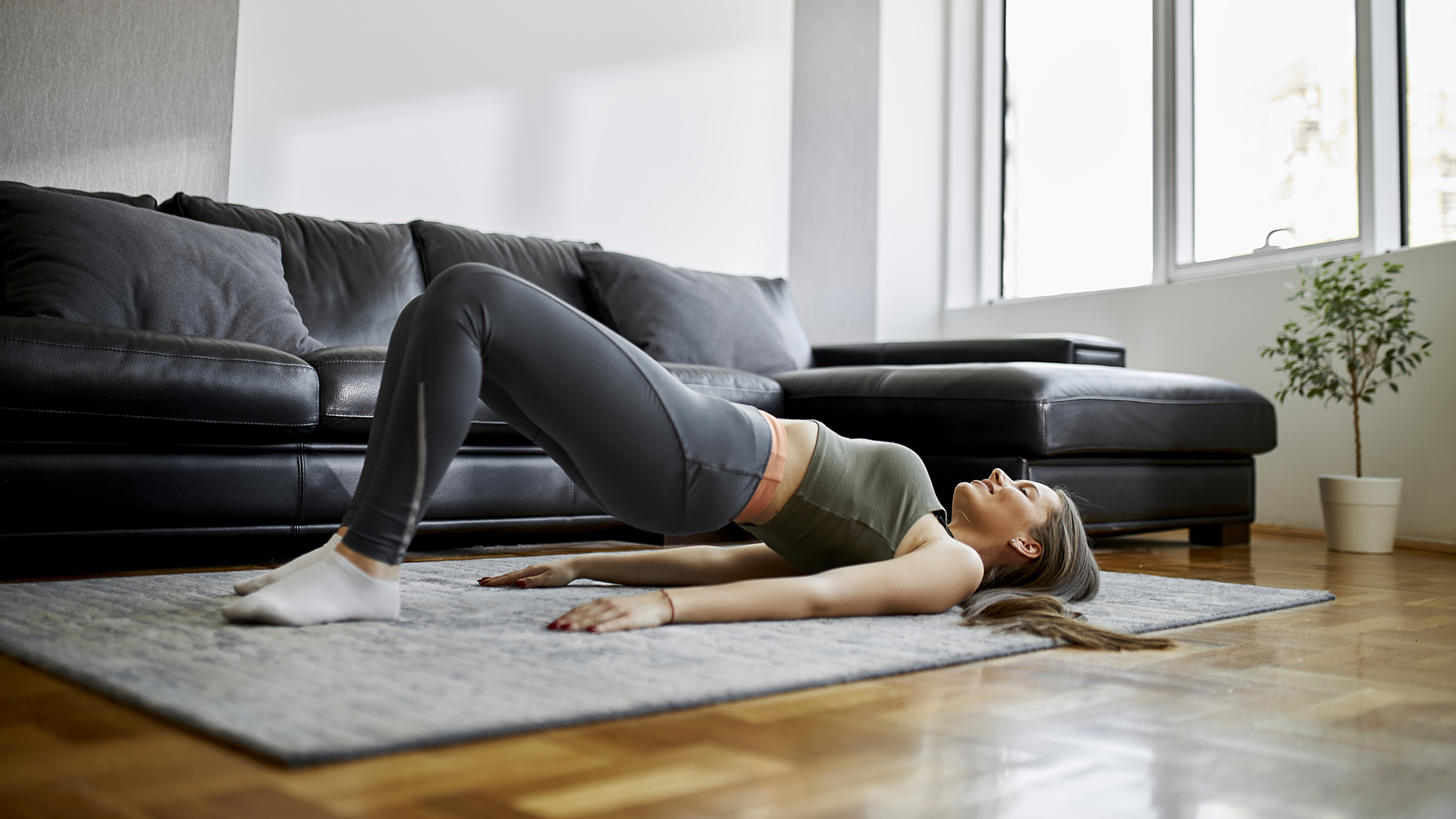
"This exercise has been shown to maximally target the gluteus maximus in their shortened position more than any other exercise, making it absolutely essential for anyone wanting to develop strong glutes," says Aroosha. Make sure you have an exercise mat beneath you.
To do:
- Lie face up on the floor, bend your knees and place your feet flat on the ground, hip-width apart
- Rest your hands by your sides on the floor, palms facing down, then place your heels a few inches from your bottom
- Keeping your gaze upwards, squeeze your glutes and press your heels into the mat to raise your hips off the floor, until your body forms a straight line from your knees to your shoulders
- Hold for a second or two, then reverse the movement by gently lowering your butt to the floor with the same control
Targets: Glutes, hamstrings, quadriceps and lower back
5. Step-up

You'll just need a chair, a box or could even start with the first step on your stairs to perform this exercise. As well as targeting your lower body muscles, it's also brilliant for your core too, as it really challenges your stability and balance. "Start with your weaker leg forwards first and take 30 to 60 extra rest when changing sides."
To do:
- Place one foot up onto a chair/your sturdy item
- Brace your core and pushing through that foot, bring your opposite foot up onto the chair too
- Slowly lower the foot you just brought up onto the chair, back onto the floor (this is one rep)
- Make sure you aren't leaning forwards too much and swinging your body too much to help you perform this movement.
Targets: Quadriceps, glutes, inner thighs and calves

Bryony’s T3’s official ‘gym-bunny’ and Active Staff Writer, covering all things fitness. She is a certified personal trainer and also a part-time fitness instructor. In her spare time, you will find her in her natural habitat - the gym - where her style of training is a hybrid of bodybuilding and powerlifting. Bryony loves writing about accessible workouts, nutrition and testing innovative fitness products that help you reach your fitness goals and take your training to the next level.